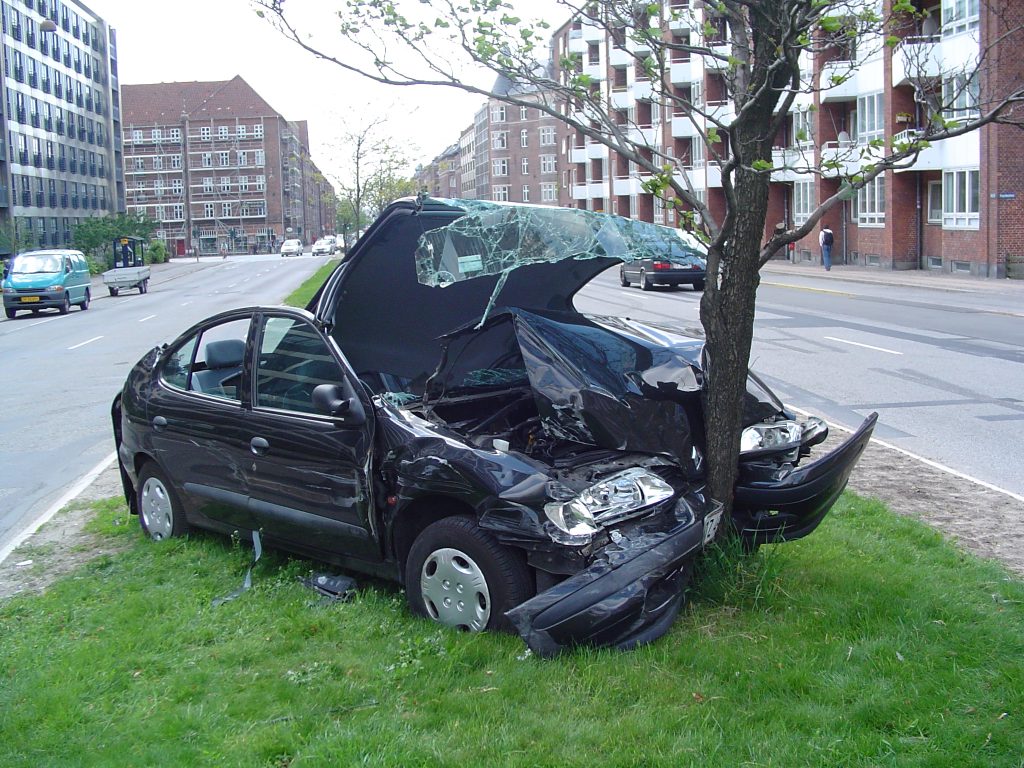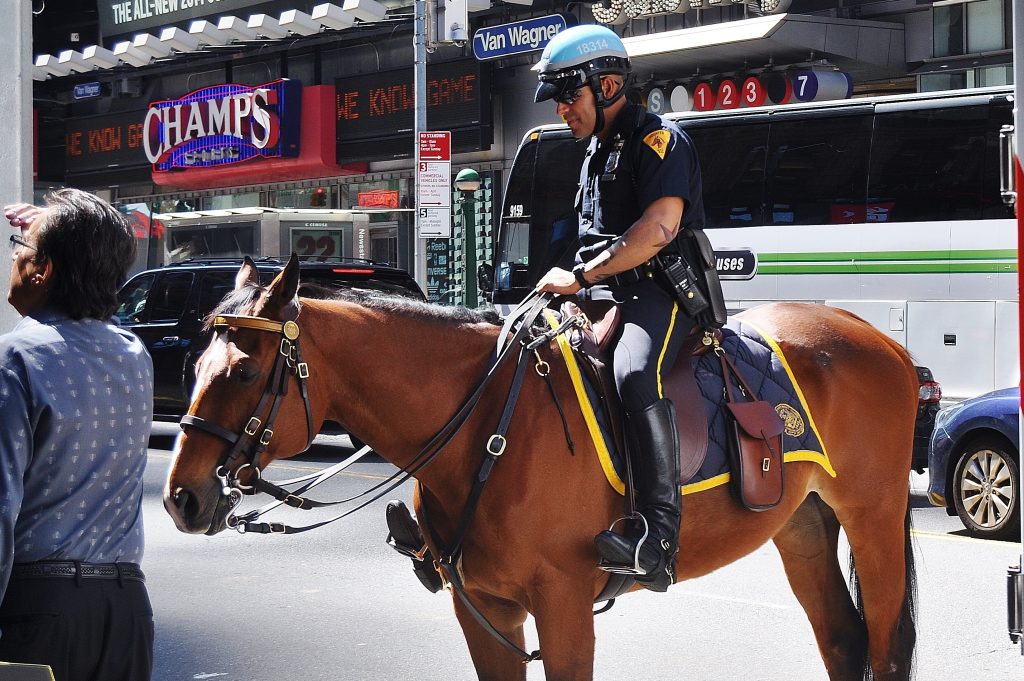 Pregnancy invariably alters a woman’s life. The process is physically demanding and disruptive, but do these challenges entitle a female employee to disability status under the law? According to a recent Slidell, Louisiana lawsuit, pregnancy is not considered a disability under Louisiana employment discrimination law.
Pregnancy invariably alters a woman’s life. The process is physically demanding and disruptive, but do these challenges entitle a female employee to disability status under the law? According to a recent Slidell, Louisiana lawsuit, pregnancy is not considered a disability under Louisiana employment discrimination law.
Shameka Brown worked as a mobile blood center supervisor. Brown was seven months into a difficult pregnancy when she vomited and urinated on herself at work. Embarrassed, Brown left for home during the middle of her shift to change clothing without notifying her supervisor. Two hours later, Brown telephoned her supervisor and then returned to work. Brown did not provide details of her pregnancy-related illness during the call. While Brown was away, a manager discovered her absence amidst a busy center. Brown was soon after terminated for abandoning her assigned duty without appropriately notifying her supervisor.
Brown filed a lawsuit in the Civil District Court for Orleans Parish which dismissed the case. Brown appealed to the Louisiana Fourth Circuit Court of Appeal. Brown sought damages for both employment discrimination and pregnancy discrimination. To successfully prevail under employment discrimination, Brown had to prove three things: 1) disability; 2) qualified for the job, and 3) termination made solely because of the disability. See Thomas v. Louisiana Casino Cruises, Inc., 886 So. 2d 468 (La. Ct. App. 2004). A disabled person has a mental or physical impairment that substantially limits major life activities such as caring for oneself, walking, seeing, hearing, breathing, learning, working, etc. See La. R.S. 23:322.
 Louisiana Personal Injury Lawyer Blog
Louisiana Personal Injury Lawyer Blog


 Assigning fault in a vehicle accident can be challenging, especially when witnesses present conflicting accounts of what transpired. The struggle to ascertain the truth becomes even more pronounced when there are discrepancies in testimony regarding the events leading up to the accident. But what happens when conflicting narratives emerge in court? The following lawsuit out of New Orleans helps answer that question.
Assigning fault in a vehicle accident can be challenging, especially when witnesses present conflicting accounts of what transpired. The struggle to ascertain the truth becomes even more pronounced when there are discrepancies in testimony regarding the events leading up to the accident. But what happens when conflicting narratives emerge in court? The following lawsuit out of New Orleans helps answer that question. Unfortunately, heart attacks are one of the most common causes of death. If a loved one suffers a heart attack while on the job and you file a workers’ compensation claim, you must provide evidence to support your claim. But what happens if the employer files a motion for summary judgment before you can complete discovery?
Unfortunately, heart attacks are one of the most common causes of death. If a loved one suffers a heart attack while on the job and you file a workers’ compensation claim, you must provide evidence to support your claim. But what happens if the employer files a motion for summary judgment before you can complete discovery?  Every day, individuals rely on the court system to resolve disputes, to ensure due process, and to serve justice. Individuals who are victims of an accident and suffered injury often need the courts to be restored to their previous condition. However, when a court issues an unclear final judgment, you need an excellent attorney to assist in sorting through the confusion and helping you find relief.
Every day, individuals rely on the court system to resolve disputes, to ensure due process, and to serve justice. Individuals who are victims of an accident and suffered injury often need the courts to be restored to their previous condition. However, when a court issues an unclear final judgment, you need an excellent attorney to assist in sorting through the confusion and helping you find relief. Dealing with the elements is an inherent part of construction work. Yet, sometimes the elements get unexpectedly unruly. This is where insurance is supposed to step in and compensate for delays or damage. In the following case, however, overlapping insurance policies made determining who should step up difficult.
Dealing with the elements is an inherent part of construction work. Yet, sometimes the elements get unexpectedly unruly. This is where insurance is supposed to step in and compensate for delays or damage. In the following case, however, overlapping insurance policies made determining who should step up difficult.  If you ever find yourself injured in a car accident, it’s crucial to seek legal advice from a licensed attorney in your jurisdiction. Consulting with an attorney can help you understand your rights and determine if you are entitled to compensation, depending on the allocation of fault. Car accidents can be complex, and navigating the legal process requires expert guidance.
If you ever find yourself injured in a car accident, it’s crucial to seek legal advice from a licensed attorney in your jurisdiction. Consulting with an attorney can help you understand your rights and determine if you are entitled to compensation, depending on the allocation of fault. Car accidents can be complex, and navigating the legal process requires expert guidance.  From a serious crash to a minor fender bender, car accidents take a devastating emotional and financial toll on the people involved. Common principles of fairness suggest that if a distracting passenger helped cause the crash, they should also be liable to help pay. Unfortunately, deciding which acts are sufficiently distracting enough to warrant liability in comparative negligence law can be complicated. The thought-provoking lawsuit of Christy Robinette versus Old Republic Insurance Company sheds light on this issue, raising the question: Should courts restrict liability for passengers who contribute to distractions?
From a serious crash to a minor fender bender, car accidents take a devastating emotional and financial toll on the people involved. Common principles of fairness suggest that if a distracting passenger helped cause the crash, they should also be liable to help pay. Unfortunately, deciding which acts are sufficiently distracting enough to warrant liability in comparative negligence law can be complicated. The thought-provoking lawsuit of Christy Robinette versus Old Republic Insurance Company sheds light on this issue, raising the question: Should courts restrict liability for passengers who contribute to distractions? Workplaces have rules employees must follow. Termination for violation of these rules must be in good faith. What happens when an employee argues he was fired arbitrarily? The following case helps answer this question.
Workplaces have rules employees must follow. Termination for violation of these rules must be in good faith. What happens when an employee argues he was fired arbitrarily? The following case helps answer this question.  Determining liability can be complex when a car crash occurs and even more so when one of the vehicles involved is an ambulance. In Louisiana, the law applies a unique standard of care to emergency vehicle drivers. So what are the liability standards for ambulances and other emergency vehicle drivers involved in car accidents? The following lawsuit out of Lafayette, Louisiana, helps answer that question.
Determining liability can be complex when a car crash occurs and even more so when one of the vehicles involved is an ambulance. In Louisiana, the law applies a unique standard of care to emergency vehicle drivers. So what are the liability standards for ambulances and other emergency vehicle drivers involved in car accidents? The following lawsuit out of Lafayette, Louisiana, helps answer that question. We have all heard advice not to procrastinate. This is especially true if you are considering bringing a lawsuit. If you are considering filing a medical malpractice lawsuit against your doctor, you cannot wait indefinitely because Louisiana law has strict time limits for filing medical malpractice lawsuits. The following case out of Lafayette Parish shows the harsh consequences if you delay filing your case.
We have all heard advice not to procrastinate. This is especially true if you are considering bringing a lawsuit. If you are considering filing a medical malpractice lawsuit against your doctor, you cannot wait indefinitely because Louisiana law has strict time limits for filing medical malpractice lawsuits. The following case out of Lafayette Parish shows the harsh consequences if you delay filing your case.